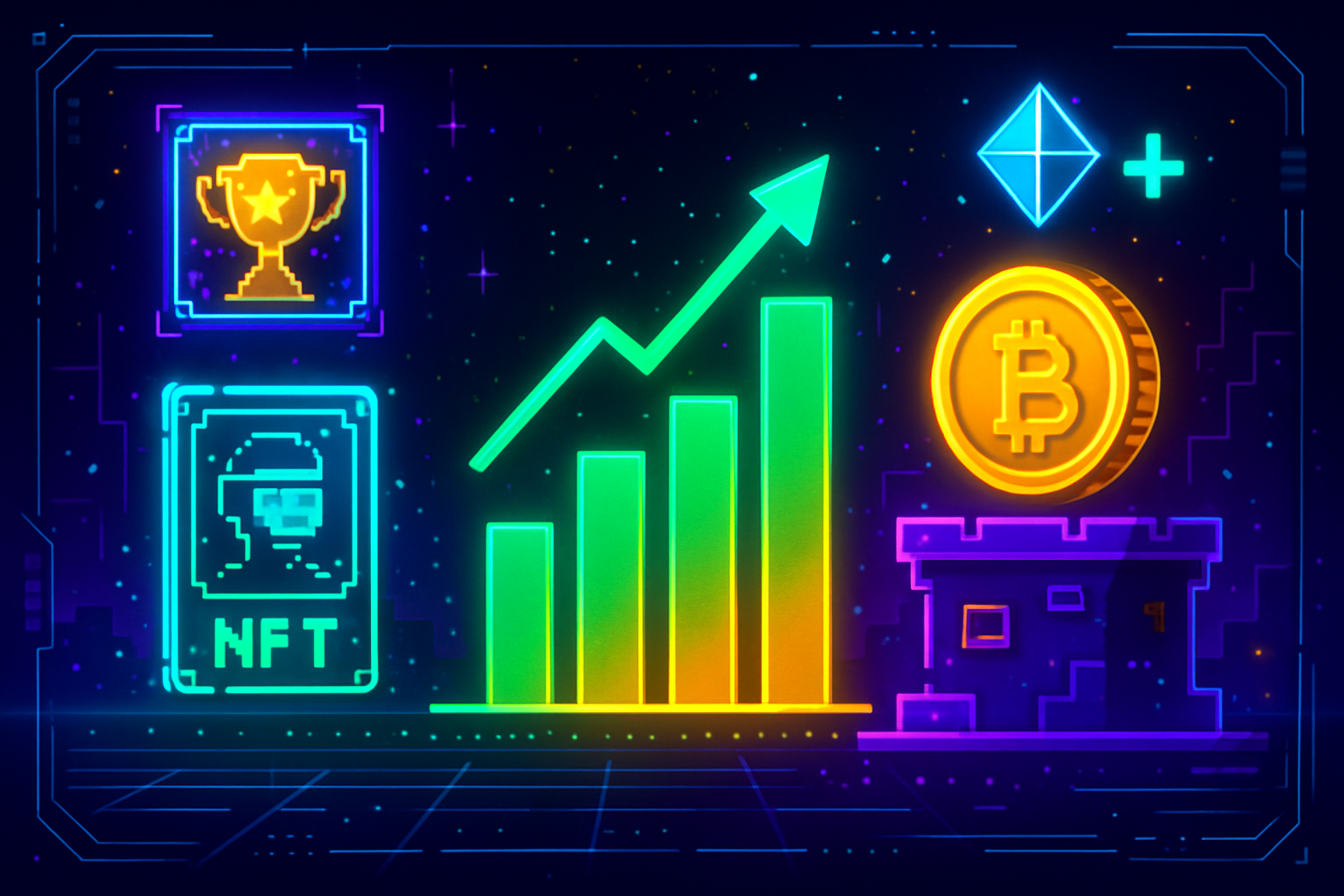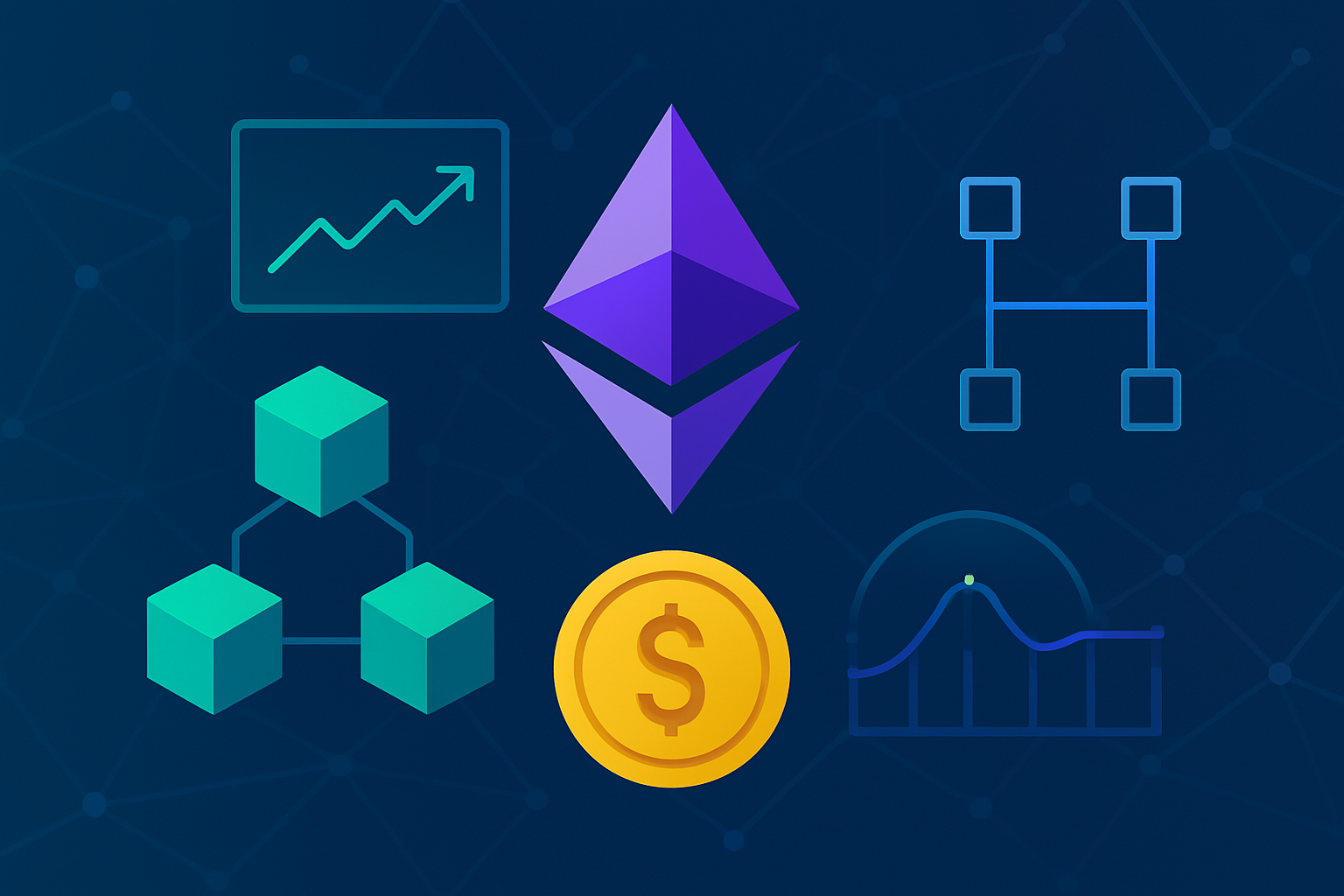
Ronin Network is rewriting the playbook for blockchain scalability. With its current price at $0.2382, Ronin’s transition from a standalone sidechain to an Ethereum Layer 2 rollup isn’t just another technical upgrade – it’s a full-throttle leap into sub-second transaction finality. In 2025, as Ethereum-aligned architectures like Puffer and ZKsync race to minimize latency, Ronin is staking its claim with a blend of modular rollup tech, hyper-efficient block production, and a revamped incentive model for builders. Let’s break down exactly how this new stack is engineered for speed, security, and scale.

Why Sub-Second Finality Is the New Gold Standard
For Web3 gaming and high-frequency trading, every millisecond counts. Legacy L1s like Ethereum struggle with 15-30 TPS and confirmation times that can stretch into minutes. On the other hand, Ronin L2 is gunning for block times in the 100,200 millisecond range – an order-of-magnitude leap that unlocks real-time user experiences. This isn’t theoretical: the latest upgrade roadmap shows Ronin targeting one million transactions per second, all while keeping settlement costs low and gas payments in RON tokens.
This push for instant execution is more than just marketing. Gaming studios and DeFi protocols demand frictionless UX; if your chain can’t deliver near-instant confirmation, you’re out of the running. Sub-second finality means smoother gameplay, faster trades, and a serious edge over slower chains stuck in the past.
The OP Stack: Ronin’s Modular Engine for Speed
The backbone of Ronin’s new architecture is Optimism’s OP Stack. This modular framework compresses thousands of transactions into succinct proofs posted on Ethereum mainnet. Here’s why it matters:
- Transaction Compression: Bundles massive volumes of activity into compact batches, slashing gas fees without sacrificing data integrity.
- Rapid Sequencing: Optimized block production logic targets sub-200ms blocks – crucial for gaming dApps that can’t afford lag.
- Synchronous Settlement: While execution happens on Ronin L2 at lightning speed, final settlement leverages Ethereum’s security guarantees.
The result? A system where users get instant feedback on their actions while developers build on a platform that feels as fast as any centralized server but with all the trustlessness of public blockchains.
Pushing Performance: Block Production and Proof-of-Distribution
This isn’t just about faster blocks – it’s about smarter consensus. The new block production mechanism is engineered to minimize latency at every step:
- Efficient Validator Rotation: Validators are rotated rapidly using deterministic algorithms to prevent bottlenecks or collusion.
- Pipelined Execution: Transactions are pre-validated and queued in memory pools optimized for high-throughput gaming workloads.
- Proof-of-Distribution: Instead of traditional staking rewards, long-term builders earn incentives based on protocol contributions – ensuring that those who grow the ecosystem get paid first.
This approach not only drives performance but also aligns incentives across developers, validators, and users. The network becomes self-reinforcing: more builders means more apps, which means higher throughput and even lower latency over time.
Security and Settlement: Ronin’s Ethereum Advantage
Speed isn’t worth much without ironclad security. By anchoring every rollup batch to Ethereum, Ronin L2 inherits the full weight of Ethereum’s battle-tested consensus. This is a major upgrade from legacy sidechains, which were often exposed to isolated attack vectors and governance risks. Now, every Ronin transaction gets finalized with the same assurances as a native Ethereum transfer, but at a fraction of the cost and latency.
Here’s the kicker: while execution is near-instant on Ronin L2, settlement happens asynchronously on Ethereum mainnet. The OP Stack ensures that data availability and fraud proofs are baked in, so even if there’s a hiccup at the L2 layer, user funds remain secure. This hybrid model delivers the best of both worlds, blazing-fast UX for end-users and uncompromising security for asset holders.
Scaling for Tomorrow: One Million TPS and Beyond
With its modular rollup design, Ronin isn’t just chasing marginal gains, it’s setting new records for blockchain scalability. The architecture is built to handle one million transactions per second, outpacing both legacy L1s and most next-gen appchains. For developers, this means you can launch massively multiplayer games or real-time DeFi protocols without worrying about congestion or unpredictable fees.
Scalability isn’t a buzzword here, it’s measurable. Every technical decision in Ronin L2 is aimed at squeezing maximum throughput from every validator node. From pipelined mempool management to parallelized proof generation, the system is tuned for peak efficiency under heavy load. The result? A network that actually gets faster as more users join, a rarity in blockchain land.
Developer Experience: Frictionless Onboarding
The move to an Ethereum-aligned rollup stack does more than boost performance; it radically simplifies life for builders. With full EVM compatibility and familiar tooling, any developer who knows Solidity can deploy on Ronin with zero friction. Gas fees are paid in RON tokens, but thanks to transaction compression and efficient block production, costs stay predictable, even as usage skyrockets.
This is crucial for onboarding mainstream game studios and DeFi teams who want speed without sacrificing composability or security. And with the new Proof-of-Distribution rewards structure, protocol contributors have more incentive than ever to build sticky apps that drive long-term value.
Current RON Price Snapshot
Market watchers take note provides $0.2382 is your baseline as of today (2025-11-18). Any acceleration in adoption or developer activity could push this higher as network effects kick in post-upgrade.
The Bottom Line: Why Ronin L2 Sets the Pace for Web3 Speed
If you’re building for scale, or just want your users to feel like they’re playing on a Web2 server, Ronin L2 should be on your radar. Sub-second finality isn’t just possible; it’s live-tested across high-stakes gaming environments where lag means lost revenue. By fusing modular rollup tech with realigned incentives and deep Ethereum integration, Ronin Network has carved out a clear lead in the race for blockchain scalability.
The message is clear: slow chains are dead weight in 2025’s Web3 landscape. If you want speed, security, and scale without compromise, watch what happens next on Ronin L2.




